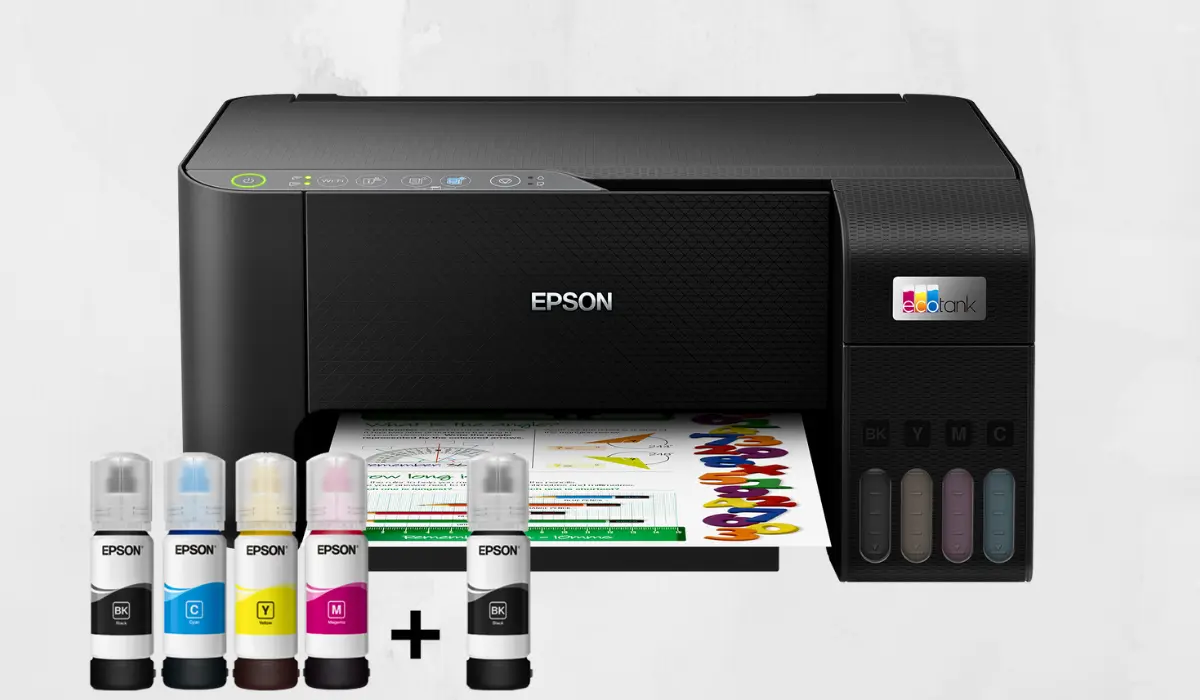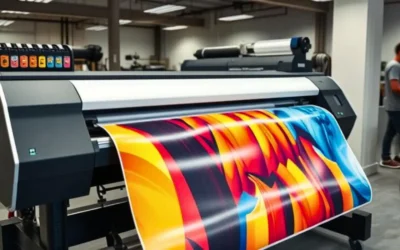Can I Use Sublimation Ink in My Epson Printer?
Sublimation printing has gained popularity among those who want to create vibrant, long-lasting prints on a variety of surfaces suitable for resale. From custom t-shirts to mugs and phone cases, sublimation easily surpasses traditional inkjet printing for durability and vibrancy of colors. However, many Epson printer owners often wonder—can I use sublimation ink in my Epson printer? It’s not an easy “yes or no” answer, because it depends on the model of printer and whether it uses special ink. Before switching standard ink to sublimation ink, it is important to understand how sublimation ink works and whether your printer supports sublimation, in case it potentially damages your machine or voids the warranty. This guide will help you better understand how sublimation ink works in Epson printers, what types can be converted to sublimation, and how to be cautious, if necessary.
Understanding Sublimation Ink and How It Works
Sublimation ink is a unique dye-based ink that switches to a gas state when heat is applied, and the dye permanently bonds with polyester materials or another specially coated surface. This makes images printed with sublimation ink long-lasting, as they will not peel, fade, or crack. Therefore, sublimation ink is an excellent choice for printing on fabric, ceramic, and metal. Unlike pigment inks or dye inks used in a regular ink-jet printer, sublimation ink requires heat and pressure to transfer an image to a surface. Many Epson printer fans are using them for sublimation, as they have several models that incorporate MicroPiezo print head technology, which allows sublimation inks to work well once the printer is converted.
Can All Epson Printers Use Sublimation Ink?
Not all Epson printers can be used for sublimation printing. Some models are only made for either dye or pigment inks and can’t be safely converted. Entry-level models are even worse because they use heat-based printheads, and the sublimation inks will not perform adequately inside the heat of the machine. The first company’s full line of Epson EcoTank printers and even certain WorkForce printers can be a good selection to convert your printer to sublimation ink because of their cold print technology. If you plan on converting your printer, make sure that your printer will work for sublimation, and do this research before buying the ink!
Epson Models Suitable for Sublimation Conversion
- Epson EcoTank Series: These printers are the most popular choice for home and small business users. They both have refillable tanks and piezo printheads.
- Epson WorkForce Series: These printers are more commonly used by professionals and can accommodate larger volume sublimation printing, as they have larger ink tanks than the EcoTank.
- Epson SureColor F-Series: These printers are made just for sublimation printing and will also come pre-loaded with compatible ink and software.
When starting to use your printer, make sure it has never been filled with regular ink. Mixing inks could clog the printhead or result in colors that would be difficult to fix.
Steps to Convert an Epson Printer for Sublimation
If you’ve verified that your printer is compatible with sublimation ink, please complete the following steps:
- Prepare the Printer: We highly recommend that this printer be either new or completely cleaned of standard ink.
- Install Sublimation Ink: We advise you to use quality sublimation ink from a trusted company, which will help ensure colors are consistent and the results last.
- Run Nozzle Checks: Try printing sample pages to ensure each color prints evenly and there are no streaks during the print.
- Use Compatible Paper: Make sure that you use sublimation paper only, as this paper is specifically designed to capture the ink properly during the heat transfer process.
- Print and Heat Press: After you have printed your design in mirror mode, you can heat press your design to your preferred surface/storage.
Benefits of Using Sublimation Ink in Epson Printers
- Vibrant Colors: Sublimation ink gives rich, non-fading colors that remain bright after washing or exposure to UV rays.
- Durability: Sublimation inks bond with the substrate compared to regular inks, resulting in a permanent design that won’t peel or crack.
- Cost-Effective: Changing an Epson EcoTank into a sublimation printer can be much more economical compared to a dedicated sublimation printer.
- Creative Flexibility: You can print onto different items like fabric, mugs, sheet metal, and keychains.
Common Mistakes to Avoid
While using sublimation ink in an Epson printer can be fun and rewarding, there are a number of mistakes that novices often make, which can produce undesirable results in products or damage to a printer. Here are some of the common mistakes:
- Using Regular Paper: Plain paper does not absorb sublimation ink and can lead to smudging or faded results.
- Mixing Ink Types: Never mix dye or pigment ink with sublimation ink, as this can clog your printer.
- Skipping Maintenance: Sublimation ink can dry faster, so cleaning and nozzle checking are a must.
- Using Incorrect Heat Settings: Too much heat or high pressure can distort colors and damage substrates.
Maintenance Tips for Long-Term Performance
To maintain your converted Epson printer in its best state:
- Print on a regular basis to avoid drying out the ink in the nozzles.
- Keep the printer’s environment free of dust.
- Store sublimation ink in a cool, dry, dark place away from sunlight.
- Use genuine ink refills and compatible papers to maintain consistency.
Alternatives to Conversion
Epson also offers printers exclusively built for sublimation printing. The SureColor F170 and F570 are popular models that you can buy to have sublimation printing right out of the box, minimizing the worries of ever having compatibility issues or voiding your warranty. They will cost more in the beginning, but can offer reliability, professional quality, and support from Epson.
Final Thoughts
So, can I use sublimation ink in my Epson printer? Yes, but only if your printer is compatible and has never had regular ink in it. For small businesses or hobbies where you are printing custom pieces of work, the Epson printer can be an affordable and practical way to explore sublimation printing. However, you will want to ensure that you research your model carefully, use ink that can be trusted, and care for your printer ergonomically/correctly in order to avoid wasted ink/money. If you take the correct steps and are responsible with how you manage your equipment, your Epson printer can produce sublimation prints that are professionally produced and vibrant in both color and quality.



